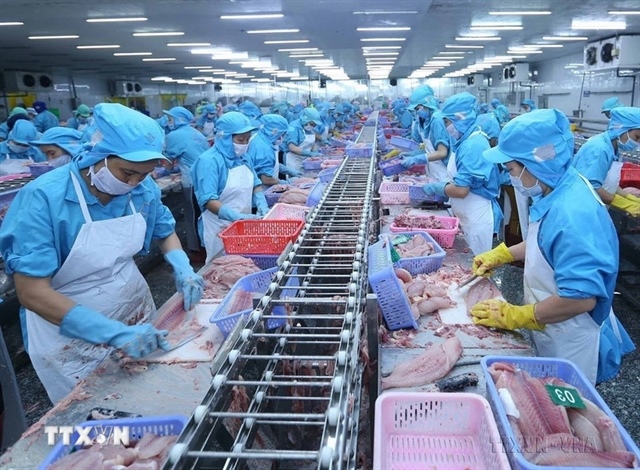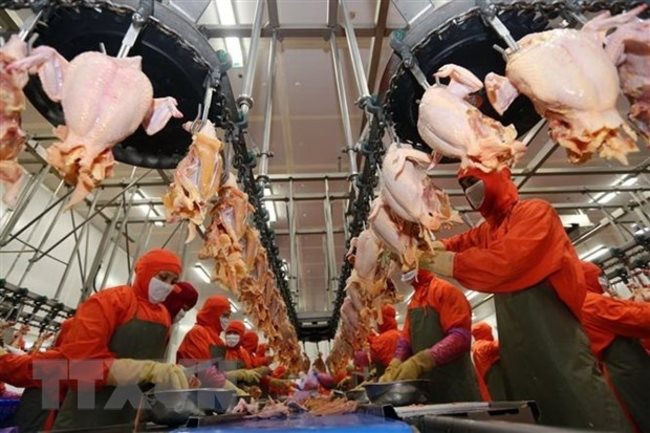EVN needs 2.57 billion kWh from diesel-fueled power plants
EVN needs 2.57 billion kWh from diesel-fueled power plants
Vietnam Electricity Group (EVN) will need an estimated 2.57 billion kilowatt hours (kWh) of electricity from diesel-fired power plants by the end of 2019 to meet the country’s growing power demand.
Besides the rising demand during the year-end period, power generation from hydropower plants is on a downward swing triggered by lower water inflow to hydropower reservoirs, prompting EVN to mobilize power production from coal- and oil-fueled power plants at high costs to make sure the power supply is not disrupted, the group said in a statement on November 13.
In particular, the group will need 1.45 billion kWh of electricity from diesel-powered stations from now until the end of the year, raising the total amount of power from oil-fueled power plants for the whole year to 2.57 billion kWh.
Last month, some 400 million kWh of electricity from diesel-fueled power stations owned by O Mon, Ca Mau, Thu Duc, Phu My 21 and others were mobilized to meet the power demand during the dry season in 2020.
According to EVN, rains brought by the two recent storms mainly benefited hydropower reservoirs located in the south-central localities, while water levels in other areas are 8-16 meters lower than in the same period last year.
Water levels in Lai Chau, Son La, and Hoa Binh reservoirs are lower than the year-ago figures by 10.5 meters, 15 meters and eight meters, respectively. These three major reservoirs in the Red River area currently lack nearly 7.3 billion cubic meters of water for power generation compared with the average, placing the shortage of water faced by reservoirs nationwide at almost 11 billion cubic meters.
The total power output from hydropower plants for the final two months is projected to reach 10.6 billion kWh, which is 2.4 billion kWh lower than this year’s target. For the whole year, electricity generation from hydropower plants will likely stay at 65 billion kWh, which is 9.9 billion kWh lower than expected.
As for thermal power plants, the coal supply for power production is a major obstacle, while the country’s gas input is down.
Further, electricity generation from renewable sources such as solar and wind energy accounts for a mere 2.5% of the country’s total output, though the power capacity of solar and wind power plants make up approximately 9% of the nation’s total figure.
Despite many obstacles, the group pledged to ensure an adequate power supply for the rest of the year.



















